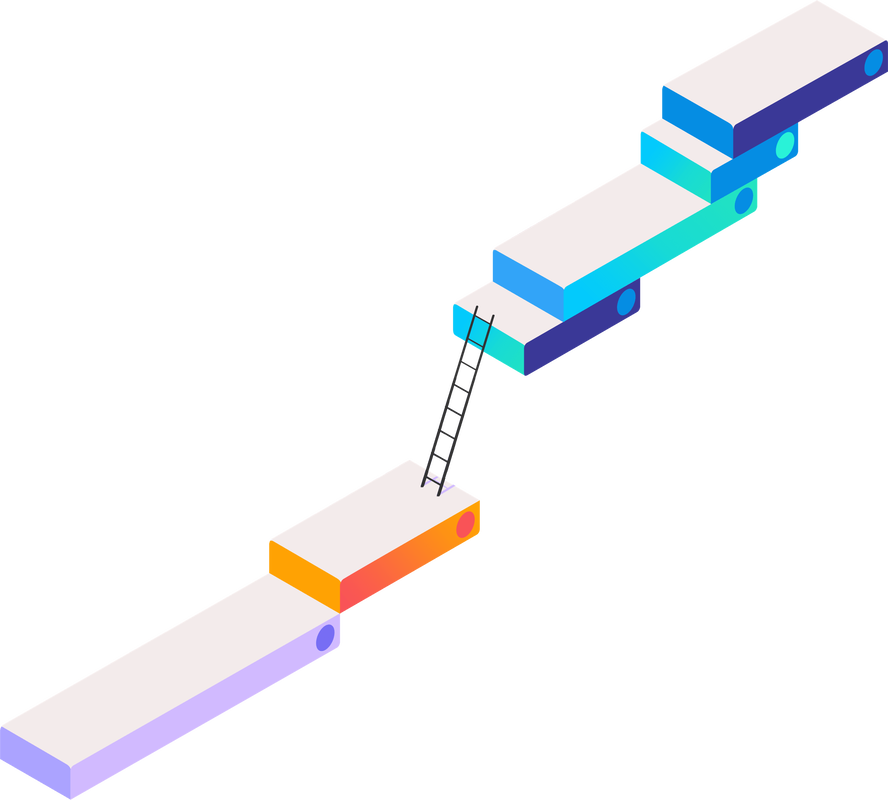Research
Engaging with our everyday environments requires an understanding of their physical structure and dynamics. In daily life, we continually assess how the objects around us rest on and support each other, how they could be acted on, and how they will behave when they fall, roll, or collide. We build up our physical intuitions with amazing speed, and with sufficient detail to guide precise actions. The research underway in our lab is aimed at revealing the mental processes behind our intuitive understanding of the physical world. We are working to characterize the computations carried out by the intuitive physics system and establish how intuitive physics interacts with other cognitive and perceptual processes.





